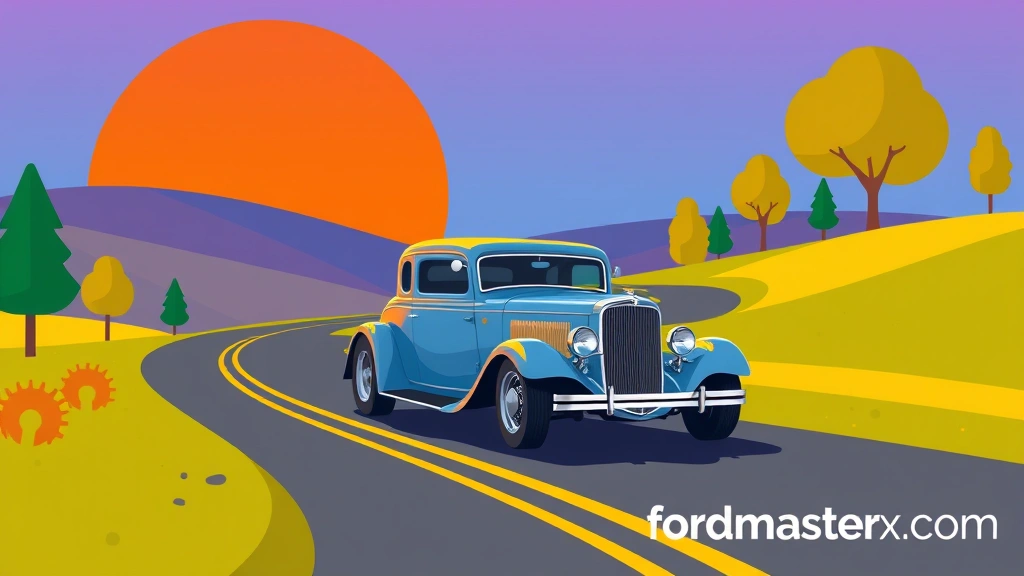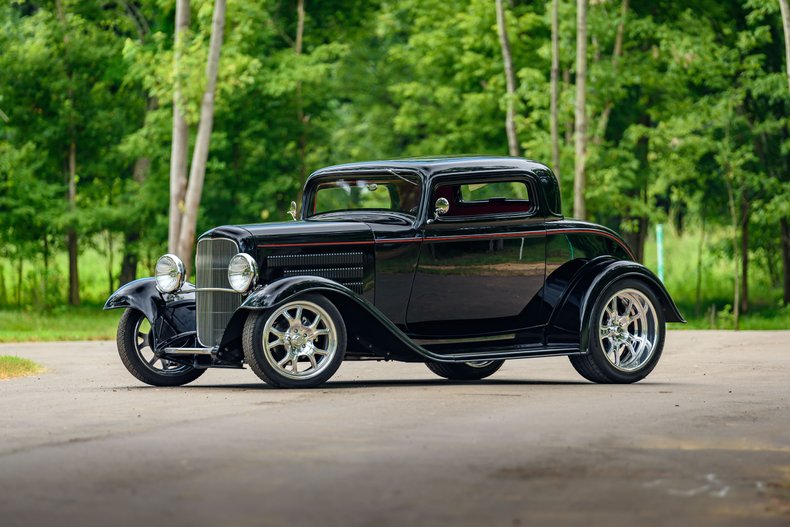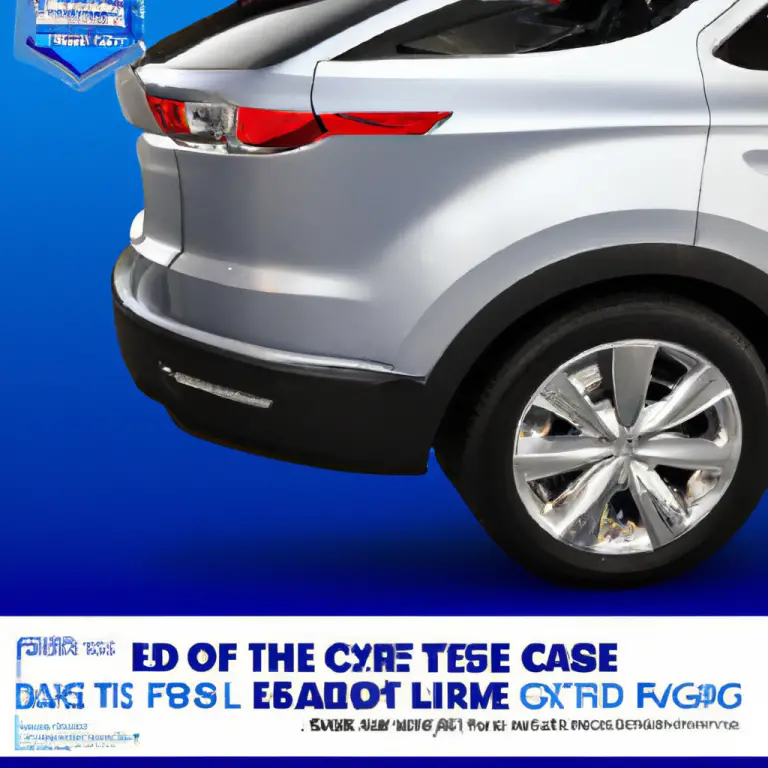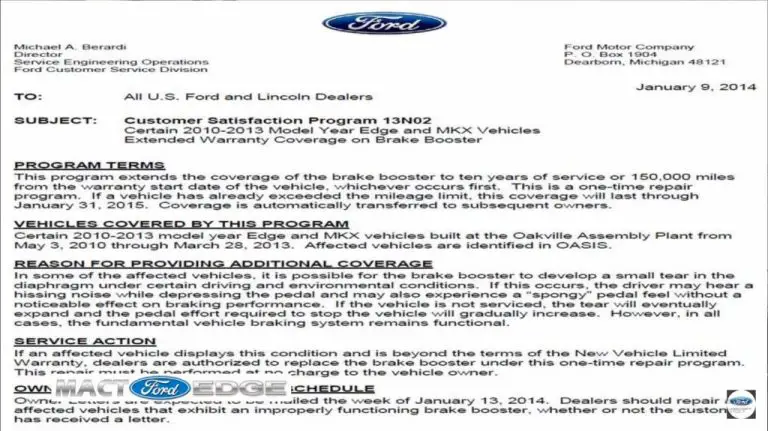Own a Legend: 1932 Ford 3 Window Coupe Guide
Key Takeaways
- The 1932 Ford 3-Window Coupe isn't just a car; it's an American icon, a canvas for hot rodders, and a symbol of a bygone era.
- Its design, particularly the slanted windshield and three windows, set it apart and contributed to its enduring appeal.
- You'll find these beauties at car shows, in private collections, and occasionally still cruising down the highway, turning heads wherever they go.
- Owning one, whether original or a replica, connects you to a rich history of automotive innovation and customization.
- The market for these cars, especially original steel bodies, is strong, reflecting their timeless desirability and scarcity.
The Enduring Allure of the 1932 Ford 3-Window Coupe
When you think about classic American cars, a few images probably pop into your head. Maybe a shiny muscle car, or a sleek fifties cruiser. But for many, especially those who appreciate the roots of hot rodding, the 1932 Ford 3-Window Coupe stands alone. It's more than just a car; it's a legend, a blank canvas for countless custom builds, and a true piece of automotive history.
This isn't just about a car that was built almost a century ago. It's about a vehicle that captured the imagination of a generation and continues to do so today. From its distinctive silhouette to its role in the birth of hot rod culture, the '32 Ford, or "Deuce" as it's affectionately known, holds a special place in the hearts of enthusiasts.
What Makes the 1932 Ford 3-Window Coupe So Special?
You might wonder, out of all the cars from the early 20th century, why this particular model? Well, it boils down to a few key elements. Its design was groundbreaking for its time, and its robust V8 engine – a first for an affordable car – was a game-changer.
The Iconic Design of the Deuce Coupe
The "3-Window" in its name refers to the two door windows and the single rear window. This configuration gives the coupe a streamlined, almost aggressive look that was both stylish and functional. It's got a certain "cool factor" that few other cars from that era possess.
The Slanted Windshield and Roofline
One of the most distinguishing features is its beautifully proportioned body. The slanted windshield, which was a relatively new design element, gave it a more aerodynamic and modern appearance than many of its contemporaries. This wasn't just about looks; it hinted at speed and performance.
The Distinctive Rear Window
Unlike the 5-window coupe, which had small quarter windows behind the doors, the 3-window opted for a solid panel, leading to that singular, iconic rear window. This design choice contributes significantly to its sleek and enclosed aesthetic. It’s a subtle difference that makes a huge impact on its overall silhouette.
The Revolutionary Flathead V8 Engine
While the body was a masterpiece of design, what really made the '32 Ford sing was under the hood. For the first time, Ford offered an affordable V8 engine to the masses. This wasn't just any engine; it was the legendary Flathead V8.
Power for the People
Before the Flathead, V8 engines were typically reserved for luxury cars. Henry Ford's genius was in making this powerful, smooth-running engine accessible to the average American. This democratized performance in a way that had never been seen before.
A Hot Rodder's Dream
The Flathead V8 was also incredibly easy to modify. Its simple design meant that backyard mechanics and aspiring hot rodders could tinker with it, increasing its power and speed. This accessibility fueled the burgeoning hot rod scene, making the '32 Ford the go-to car for customization.
The 1932 Ford 3-Window Coupe and Hot Rod Culture
You can't talk about the '32 Ford without talking about hot rodding. These cars became the ultimate blank canvas for gearheads looking to go fast and look good doing it. From the dry lake beds of California to drag strips across the country, the Deuce Coupe was king.
From Stock to Custom Masterpiece
Early hot rodders would strip down their '32 Fords, removing fenders, chopping tops, and modifying engines to squeeze out every last bit of horsepower. The light weight of the coupe combined with the powerful V8 made for a potent combination.
The "Highboy" Look
Many hot rods adopted the "highboy" look, where the body was kept high on the frame, fenders removed, and often a dropped axle added for a lower stance. This exposed the intricate suspension and gave the car an aggressive, minimalist aesthetic. It's a look that's still incredibly popular today.
Chopped Tops and Channeling
For those wanting an even lower profile, "chopping" the top (cutting a section out of the roof pillars to lower the roofline) and "channeling" the body (lowering the body over the frame) were common modifications. These techniques transformed the car into something truly unique, reflecting the owner's personal style.
The Enduring Legacy in Pop Culture
The '32 Ford 3-Window Coupe isn't just a car for enthusiasts; it's deeply embedded in American pop culture. Think of movies like American Graffiti, where a yellow '32 Ford plays a starring role, or the Beach Boys' iconic song "Little Deuce Coupe."
American Graffiti and the Yellow Deuce
George Lucas's 1973 film American Graffiti single-handedly cemented the '32 Ford's place in the public consciousness. The bright yellow, fenderless Deuce driven by Paul Le Mat's character, John Milner, became an instant icon, introducing a whole new generation to the allure of classic hot rods.
"Little Deuce Coupe" and the Beach Boys
The Beach Boys' 1963 album Little Deuce Coupe and its title track further immortalized the car. The song celebrated the car's speed, style, and the freedom it represented, perfectly capturing the spirit of teenage car culture in the early 60s.
Owning a 1932 Ford 3-Window Coupe Today
So, you're intrigued. Maybe you're dreaming of cruising in your own Deuce. What does it take to own one of these legendary machines today? The market is diverse, ranging from pristine originals to modern replicas.

Original Steel vs. Fiberglass Replicas
You have a choice: track down an original steel body '32 Ford, which are rare and command a premium, or opt for a high-quality fiberglass replica. Both have their pros and cons.
The Allure of Original Steel
An original steel body '32 Ford carries an undeniable authenticity and history. These cars are true collector's items, and their value tends to appreciate. However, finding one in good condition can be challenging, and restoration costs can be substantial.
The Practicality of Fiberglass Replicas
Fiberglass bodies are a fantastic option for those who want the look and feel of a '32 Ford without the immense cost and rarity of an original. Modern fiberglass bodies are incredibly well-made, often stronger and more consistent than the originals. They also offer a blank slate for building your dream hot rod from scratch.
What to Look For When Buying
Whether you're after original steel or a replica, here are a few things to consider:
- Condition: For originals, look for rust, body panel alignment, and structural integrity. For replicas, check the quality of the fiberglass lay-up and fitment.
- Engine and Drivetrain: Is it a period-correct Flathead, a modern V8, or something else entirely? Consider your desires for power and reliability.
- Suspension and Brakes: Many hot rods feature upgraded suspension and disc brakes for modern drivability and safety.
- Documentation: For originals, provenance is key. For any build, good documentation of parts and work done is invaluable.
The Investment Aspect
A 1932 Ford 3-Window Coupe, especially an original steel car, can be a significant investment. Their value has consistently held strong and often increased over time, making them not just a passion project but potentially a sound financial decision. Of course, the real value lies in the joy of owning and driving a piece of history.
Where Can You See a 1932 Ford 3-Window Coupe?
If you're eager to see these beauties in person, you're in luck! They're a staple at car shows across the country.
Car Shows and Events
From local cruise-ins to major national events like the Grand National Roadster Show or the SEMA Show, you'll find an abundance of '32 Fords. Hot rod shows, in particular, are a prime hunting ground.
The Grand National Roadster Show
Held annually in Pomona, California, this show is a Mecca for hot rod enthusiasts. You'll see some of the finest, most meticulously built '32 Fords anywhere in the world, often competing for prestigious awards.
Local Cruise-Ins
Keep an eye out for local "cars and coffee" events or weekly cruise-ins in your area. You'd be surprised how many stunning classic cars, including Deuce Coupes, show up for a casual display. It's a great way to meet owners and learn more about these fascinating vehicles.
The Future of the Deuce Coupe
The 1932 Ford 3-Window Coupe isn't going anywhere. Its legend continues to grow, fueled by new generations of builders and enthusiasts. As long as there are people who appreciate classic lines, powerful engines, and the freedom of the open road, the Deuce will remain an American icon. It's a testament to timeless design and the enduring spirit of customization.
Frequently Asked Questions
What is a 1932 Ford 3-Window Coupe?
The 1932 Ford 3-Window Coupe is a classic American car produced by the Ford Motor Company. It's distinguished by its unique body style, featuring two door windows and a single rear window, and was famously available with Ford's revolutionary Flathead V8 engine, making it a popular choice for hot rodders.
Why is the 1932 Ford called the "Deuce"?
The term "Deuce" is a nickname for the 1932 Ford, deriving from the "2" in its model year. It's a common and affectionate term used by hot rod enthusiasts and classic car collectors to refer to any 1932 Ford, though it's most often associated with the coupe models.
How many 1932 Ford 3-Window Coupes were made?
Exact production numbers specifically for the 3-Window Coupe are hard to pin down separately from total 1932 Ford production, but it was a popular model. Ford produced over 275,000 V8-powered cars in 1932 across all body styles, with the coupes being a significant portion of that number.
What's the difference between a 3-Window and a 5-Window Coupe?
The main difference lies in the side window configuration. A 3-Window Coupe has only two side windows (one on each door) and a single rear window, giving it a sleeker, more enclosed appearance. A 5-Window Coupe has additional small quarter windows behind the doors, adding to the total window count.
Are 1932 Ford 3-Window Coupes still being made?
Original 1932 Ford 3-Window Coupes are no longer produced, but high-quality replica bodies, often made from fiberglass or new steel, are widely available. These replicas allow enthusiasts to build new hot rods that capture the classic look and feel of the original Deuce Coupe.
How much does a 1932 Ford 3-Window Coupe cost?
The cost of a 1932 Ford 3-Window Coupe varies significantly based on its condition, originality (original steel vs. replica), modifications, and overall build quality. Original, well-restored steel cars can fetch prices well into six figures, while high-quality replicas or custom builds can range from $50,000 to over $150,000.
What is a "Flathead V8"?
The Flathead V8 refers to the Ford V8 engine introduced in 1932. It's called "Flathead" because its cylinder heads are flat, with the valves located within the engine block rather than in the cylinder heads. This design was revolutionary for its time, offering an affordable and powerful engine that became a favorite for hot rodders due to its modifiability.









